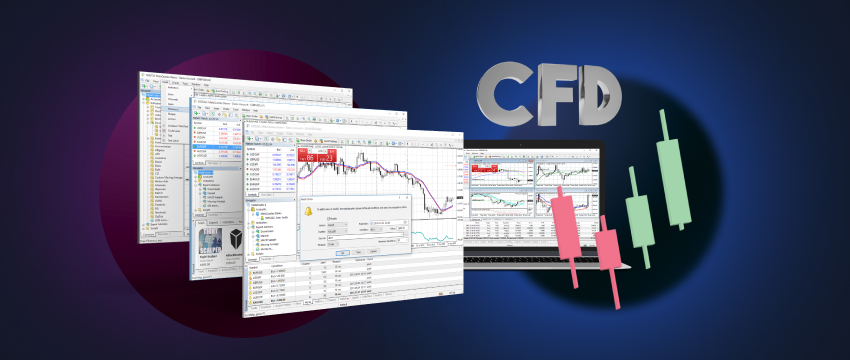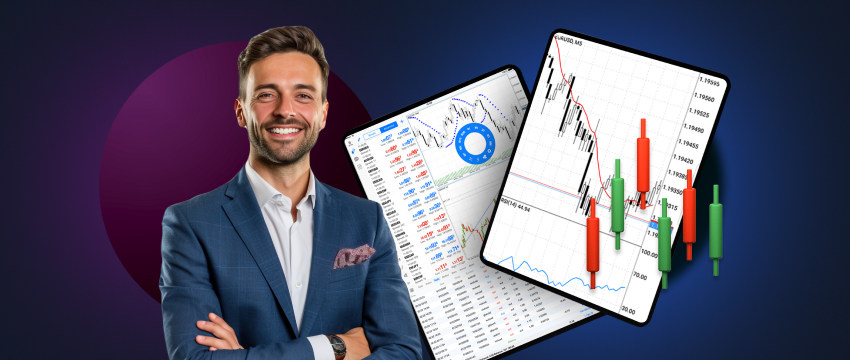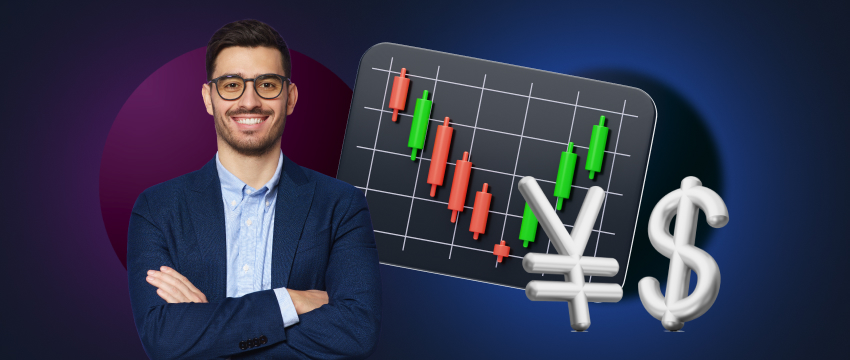If you want to get started with CFD trading, prepare well, set goals, and understand how the markets work. Read on for some tips on how to potentially succeed when trading CFDs.
In today’s financial markets, contracts for difference have steadily gained popularity. As a new approach to investing stocks, indices, forex currency pairs, and commodities.
Similar to retail forex trading, CFDs give traders deeper market access through the use of leverage. Another way to participate in the markets without purchasing the underlying asset is to invest in CFDs. CFDs actually enable traders to speculate on price movements of assets.
Through the use of leverage, an investor can take a position in the market for a comparatively low initial cost and potentially profit fully from any subsequent moves in the market.
CFD investing carries a high risk of loss and is not appropriate for all traders. Here are some tips to potentially maximise your chances of success in the CFD markets while keeping in mind that, while leverage can significantly boost your chances of profit, it can also magnify your losses.
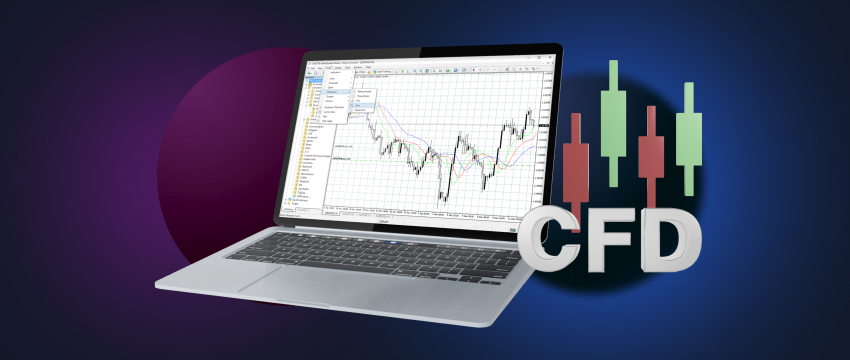
Increase your familiarity with CFD trading
It is essential that you fully understand how CFDs work before you get into investing.
As already discussed, Contracts for Difference (CFDs) are derivative products. That let you speculate on a variety of international markets, including shares, indices, commodities, and forex, without needing to own the traded asset.
This implies that you can speculate on rising and falling markets. If you believe the price will rise, you would go long (buy) and if you believe it will fall, you would go short (sell). Being a leveraged product, CFDs allow you to open a position with just a small initial deposit, or “margin.”
Gradually expand your trading portfolio for CFD
Start small when you first start trading CFDs. Concentrate on markets that you are already familiar with or interested in. As there are thousands of markets to choose from.
As your confidence in your approach grows, you can start spreading your exposure over a variety of asset classes. Because they give you access to both rising and declining markets, CFDs are an excellent tool for broadening your trading horizons.
Build a solid trading plan
A trading plan clearly outlines the how, what, when, and why of investing. It will assist in choosing how to act and prevent making choices based on emotions. Your trading plan should cover:
- Time commitment
- Trading objectives
- Risk appetite
- Accessible funds
- Approaches for risk management
- Target markets
- Trading tactics
- Monitoring & keeping record
Every trader should have a different trading strategy. Even though you may base your plan on someone else’s, you should always modify it to fit your own objectives and tolerance for risk.
Stick to your plan
A trading strategy describes your intended investing approach, including how you will enter and exit trades, the tools and indicators you may use, and more. The amount of time you’d like to spend keeping an eye on the markets will determine your approach. You can apply whichever approach suits you best to various trading styles, such as scalping, swing trading, and day trading.
Maintaining your CFD trading strategy is vital because it will reduce the likelihood that you will trade out of fear or greed if you trade within the parameters you have established. Understanding when your investing strategy is not effective is equally important. You can accomplish this by back-testing your trading strategy and maintaining a record of your profitable and unsuccessful trades.

Control your exposure to risk
Your margin, which is the amount that is deposited into your account to support a leveraged position, could be lost if the market moves significantly against you. Therefore, in extremely volatile market conditions, minimising market risk is essential to avoiding the possibility of having a margin call liquidate your position.
By putting stop losses on open positions, you can protect your margin, limit potential losses, and maintain control over your losses while taking up new positions in the same or different markets.
Generally speaking, it’s best to avoid holding too many open positions at once. Position monitoring is more important when using CFDs because of the possibility of large swings.
As with any investment activity, you must learn to accept losses. The objective is to record “net” gains over losses. However, even experts can experience losing trades.
Practise trading on a demo account
The majority of forex brokers, including T4trade, have the option to start investing with virtual money in a demo account.
Before investing real money in trades, a lot of experienced traders say they used these demo accounts for weeks to test out their strategies and learn from their errors.
Practise sessions are also meant to help traders resist the urge to make emotionally charged, potentially harmful decisions.
Keep an eye on your available positions
It is crucial to regularly assess your positions, even if you may have set limits and stops. This will enable you to spot problems or opportunities promptly and motivate you to take appropriate action when needed.
Additionally, it is crucial to confirm that you have enough capital in your trading account to cover the entire maintenance margin needed to maintain the open position. You will be put on margin call if your account balance drops below the required minimum, and if you don’t top off your account, your position might be closed.
Using a trading app is a great way to keep an eye on your positions while you’re on the go like the T4Trade mobile trading app.
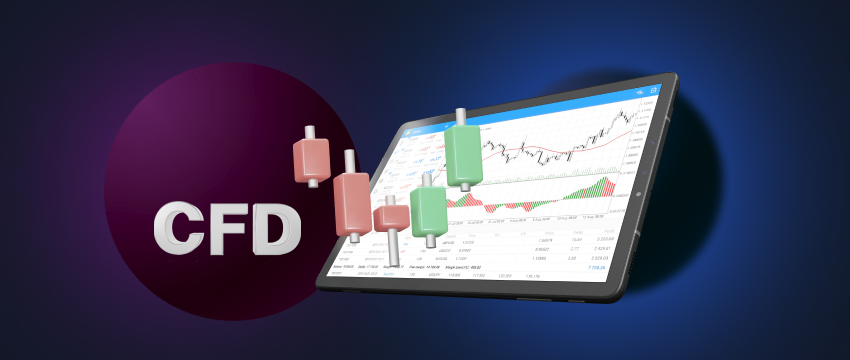
Monitor your results
By maintaining a record of every trade you make, you will be able to go back and evaluate the advantages and disadvantages of the choices you made that resulted in your gains and losses.
Preparation for CFD investing frequently entails understanding the reasons behind trades that succeeded and those that failed. Knowing your weaknesses as well as your strengths is a good habit.
Risks involved when trading CFDs
As already mentioned, trading CFDs entails risks. Leverage can significantly boost your chances of profit, but it can also amplify your losses.
Also, a margin call occurs when the value of your trade position declines to the point where the funds in your account are insufficient to cover your losses. In this case, you will need to make additional deposits.
Slippage is another factor to consider. Even if the time required to execute a trade is short, it is long enough for certain prices to fluctuate. When an order is carried out at an alternate cost than what you saw when you placed it, this is known as slippage.
Final thoughts
Finding the ideal trading strategy is a continuous process that needs to be customised to your personality and trading objectives. Your learning never ends because even the most seasoned traders have more to learn. But you will be well on your way to becoming a potentially profitable CFD trader if you adhere to your investment plan and the tips analysed above.
Disklaimer: This material is for general informational and educational purposes only and should not be considered investment advice or an investment recommendation. T4Trade is not responsible for any data provided by third parties referenced or hyperlinked in this communication.
